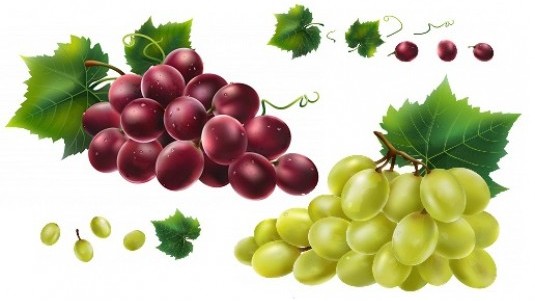Harvest 2019: fewer grapes, stable prices

Wine grape production fell by 6.5% compared to 2018, but volumes remain high and price lists do not show upward tensions.
Despite a fall in grape harvest compared to 2018, the wine grape market did not experience any particular tensions on the price front. In some cases, on the contrary, there were reductions, as for some grapes from Veneto (base grapes for Amarone and Prosecco) and Piedmont (Dolcetto, Nebbiolo). Despite a 6.5% reduction on an annual basis, Italian wine grape production remained at a high level, reaching 70 million quintals, a value surpassed in the last decade only by the record production of 2016 and, above all, 2018. Unioncamere and BMTI have noted this in an analysis of the wine grape market for the 2019 harvest.
The large production of grapes combined with the large stocks of wine in the cellars explain the absence of increases in wine grape prices that has been recorded in many production areas of our country. Thus, a sharp drop on an annual basis emerges for the prices of Veneto grapes, with -21% for grapes dedicated to the production of Amarone and Recioto, -14% for the Glera grapes for Prosecco DOC and -18% for the Prosecco Superiore DOCG Conegliano - Valdobbiadene Glera grapes. And after the sharp drop in 2018, a further slight drop (-3%) was recorded for Franciacorta grapes. A negative sign in Piedmont also for the Dolcetto d'Alba grapes (-4%) and for the Langhe-Nebbiolo grapes (-26%), while, thanks to the strong decrease estimated for volumes, prices of the Barbera d'Asti DOCG grapes were stable.
Among the grapes for the great Tuscan reds, prices were practically stable for those for the Brunello di Montalcino and Nobile di Montepulciano, while there were signs of consolidation, after the increase observed in 2018, for the Chianti Classico grapes (+2%). The price of Chianti Docg grapes fell (-21%).
Considerable increases were observed in Emilia Romagna for Lambrusco Doc grapes (+48% compared to 2018) and in Abruzzo for grapes destined to produce Montepulciano d'Abruzzo (+27% compared to 2018). Also among the Abruzzo grapes, there was a slight increase compared to 2018 for typical Pecorino grapes (+2%).
Source: Unioncamere

 Italiano
Italiano







